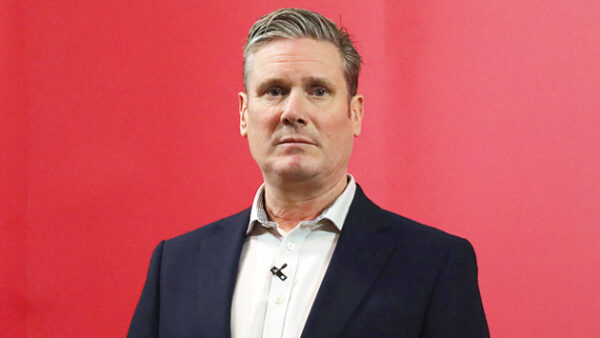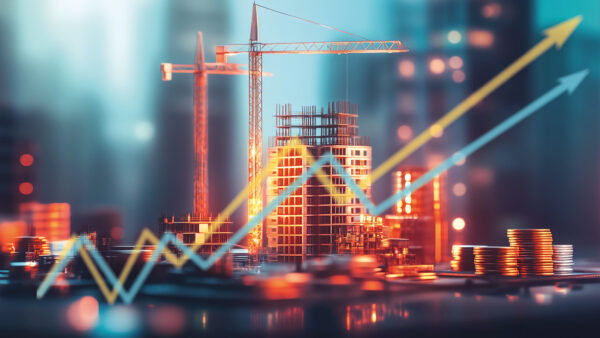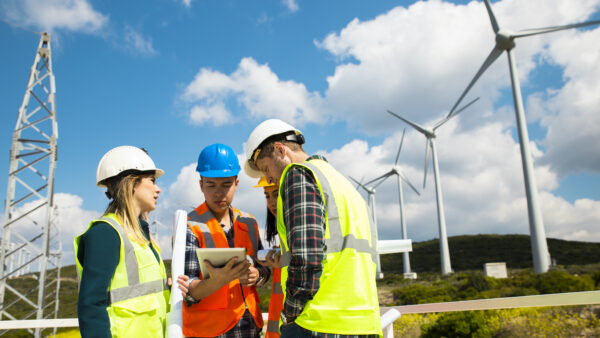Rob Tidbury, HSQE director, rail, infrastructure Europe, for Rail Safety Week, says innovations such as predictive fatigue monitoring and drones can help reduce incidents on rail networks.

Rob Tidbury
Safety should always be the top priority when delivering rail projects. However, it must be remembered that the notion of safety is not static and it is increasingly evolving. While “safety” was once the buzzword on everybody’s lips, “wellbeing” is increasingly taking over.
After all, it is simply not enough to only take care of an employee’s physical safety. New and exciting practices that promote safety are coming onto the scene, with technology emerging beyond many of our wildest dreams.
With Rail Safety Week upon us, it is a good time to consider what the future of safety in rail might look like.
Health and safety has historically been about adherence to standards, whereas wellness is about productivity, retention and recruitment. Wellbeing is also about rail organisations being responsible for their most valuable resource – their people.
The notion of wellbeing has become fashionable recently for a number of reasons. First, the general pace of work and life continues to increase and people are feeling increasingly stressed.
Second, millennials have a different attitude to work and see wellbeing as increasingly important.
Until recently, employee wellbeing has often been seen as a “nice to have”, but governments are starting to realise its importance. The Well-being of Future Generations (Wales) Act, which came into force in 2015, places a duty on public bodies to improve the economic, social, environmental and cultural wellbeing of Wales.
This demonstrates just how seriously institutions need to take wellbeing as it is likely to become increasingly like the Discrimination Act and seen as a basic human right.
Aecom has taken measures in response to this, such as ensuring there are health stations installed in its offices allowing individuals to get physical screenings and blood pressure checks.
Some employees may be reluctant to take time out of work to attend doctor’s appointments if they consider themselves fit and well, so this ensures that staff stay on top of their health.
After all, employees working in the rail sector in particular often come face-to-face with mentally and physically challenging work in their day-to-day jobs. One of the biggest challenges that rail staff meet is chronic fatigue, which could lead to serious safety incidences if it is not managed correctly.
Rail organisations could seek to adopt technology such as predictive fatigue monitoring systems that are available as an added control measure in combating the risk of tiredness.
The use of an electronic smartband linked with a smartphone as an early warning sign of feature is a very useful safety tool, particularly for staff who are working in safety critical positions out on site.
Another way to prevent incidents from occurring is to prevent staff from having to work in conditions where they are put at risk. Practices such as the use of drones show how rail safety has evolved with the use of equipment which collects rail asset data without the dangers of having people on track.
The technology is delivering a revolution in safety in rail, with several major infrastructure organisations beginning to use them to collect information and map features on sites.
After all, the use of drones can bring many advantages. They reduce the risks of employees working at height on roof structures or when delivering projects on boggy marshlands.
Similarly, when dealing with asbestos or fragile roofs the technology can be used to complement what an existing workforce can do. Drones also reduce the need for extensive periods of time collecting data with personnel working on the railway and roads.
In addition, site works can be planned to ensure minimal disruption to rail and road traffic compared to existing other mapping methods.
It is exciting to think what the future of rail safety may look like. Time will only tell whether there will be robots on the track.
However, it looks as if drones will become increasingly more used in the rail sector. With the numerous safety benefits – as well as their ability to lower the need for road and rail closures – this method of surveying makes perfect sense.
Image: Plowman Craven’s revolutionary Vogel R3D system uses drones to capture pinpoint images of rail networks










